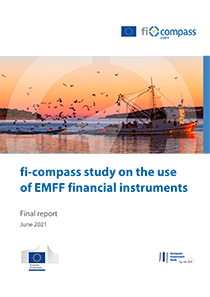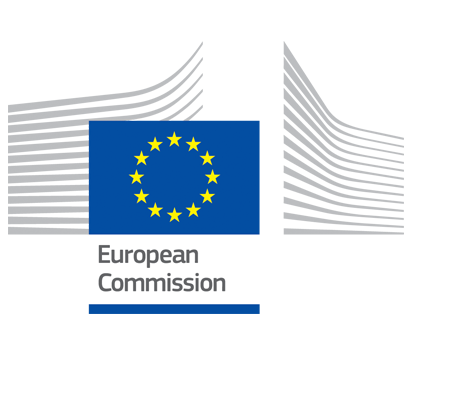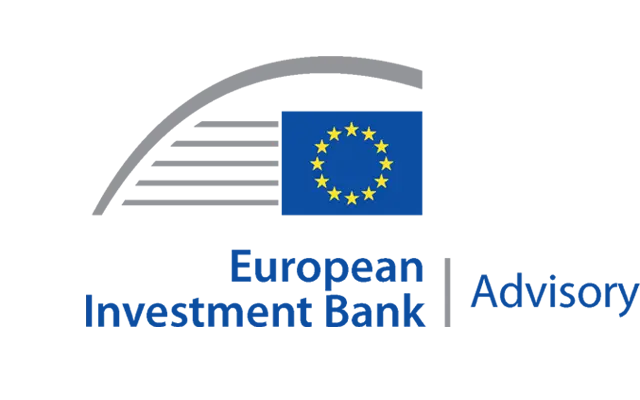New study on use of EMFF financial instruments – stock-taking and perspectives for the 2021-2027 programming period

The new fi-compass study on the financial instruments financed by the European Maritime and Fisheries Fund (EMFF) in the 2014-2020 period is out. The study is based on feedback received from EMFF managing authorities and analysis of the ex-ante assessment work undertaken in some Member States: it evaluates the use of EMFF financial instruments and explores the potential use of those instruments after 2020.
The feedback, collected through an online survey, indicates that some EMFF managing authorities have used this type of tool in the past programming periods (e.g. Bulgaria, Estonia, Latvia, Romania) or are considering the use of financial instruments post-2020. Some EMFF managing authorities decided not to make use of financial instruments for a number of reasons, including the target group’s preference for grants, complexity of the delivery mechanism and administrative burden. The timeframe for implementation was also a factor, as well as the small size of possible programme allocations combined with lack of economies of scale.
Despite the limited deployment of EMFF financial instruments during 2014-2020, the report reveals that there is potential for greater use of those instruments under the new European Maritime Fisheries and Aquaculture Fund (EMFAF). A number of EMFAF managing authorities are already in the process of preparing their ex-ante assessments or exploring the possibility to use financial instruments in their programmes, including Estonia, Finland, Bulgaria, Italy and Romania.
Analysis shows that capacity building measures aimed at enhancing EMFAF stakeholders’ (i.e. managing authorities’ staff, final recipients and financial intermediaries) knowledge on financial instruments could also underpin increased uptake.
The improved and more flexible implementation options foreseen in the Common Provisions Regulation (CPR) will further allow EMFAF managing authorities to develop tailored support packages addressing the needs of targeted groups and policy objectives, such as generational renewal (while avoiding overcapacity and overfishing), sustainable aquaculture, innovation and diversification, supporting the whole seafood value chain to face current and future challenges.
In addition, experiences and lessons learnt from existing initiatives at EU and national level to support blue economy investments, such as the BlueInvest and the PORTUGAL BLUE, have been analysed and may provide a valuable source of inspiration on the design of future financial instruments under the EMFAF and at EU level under InvestEU.

